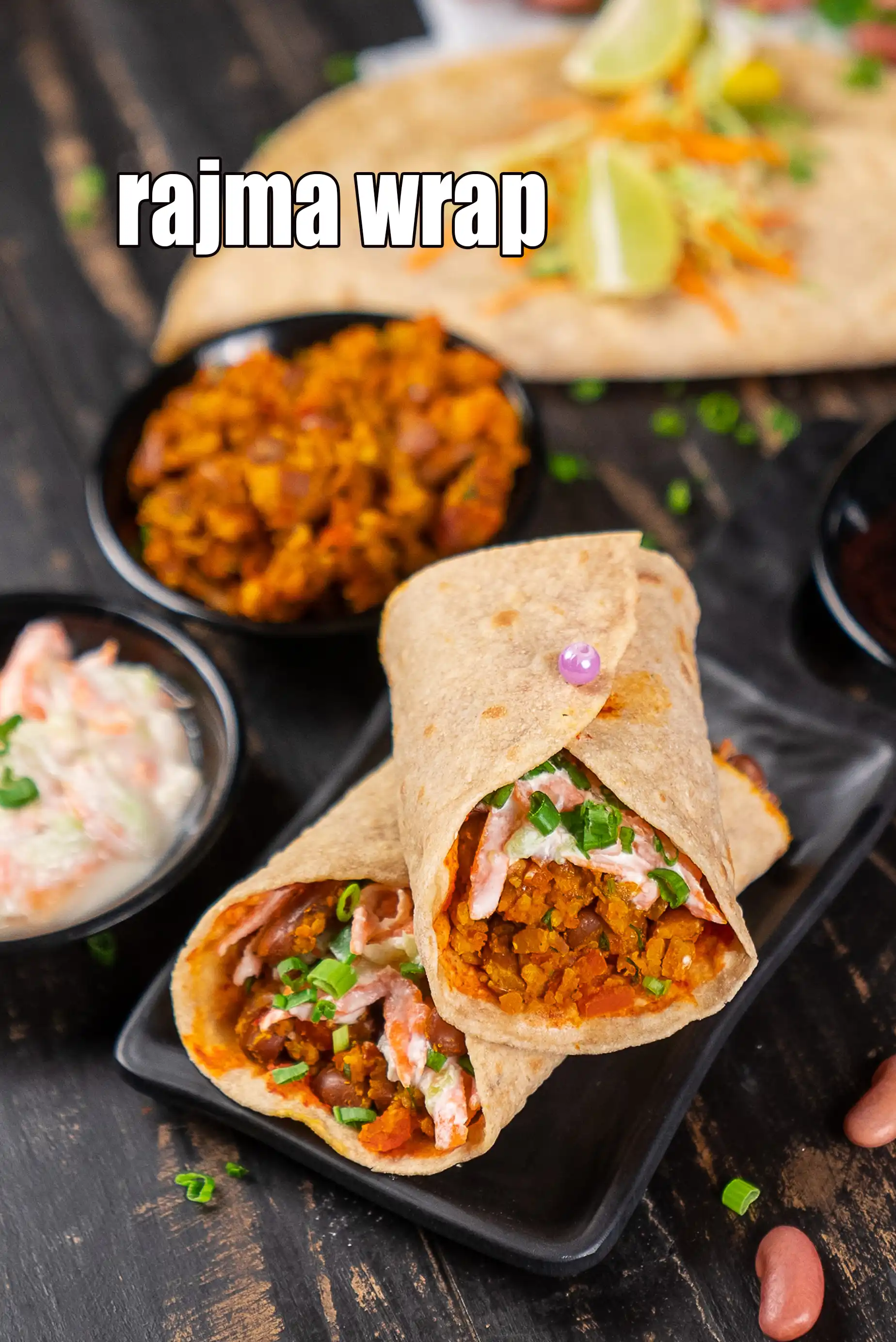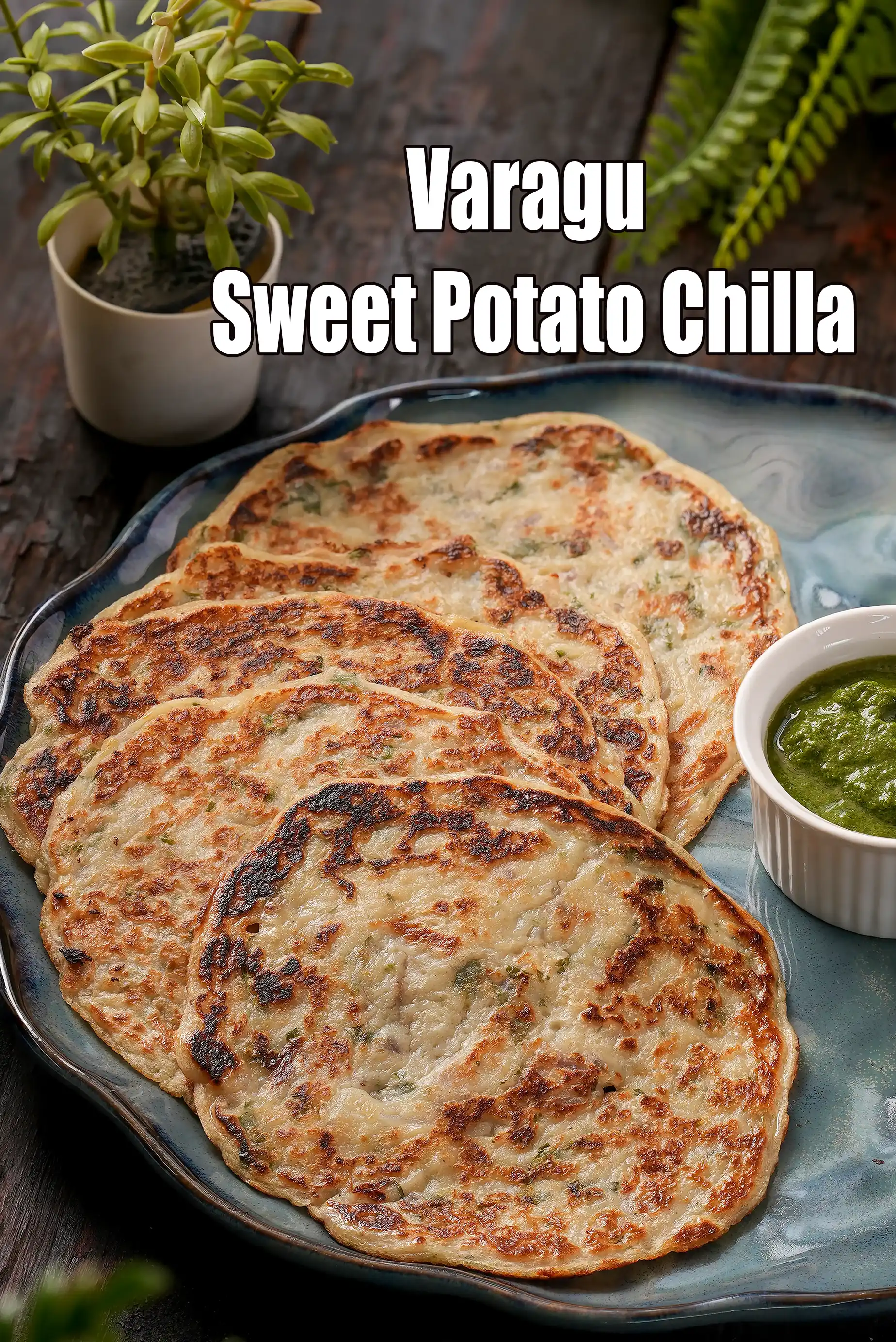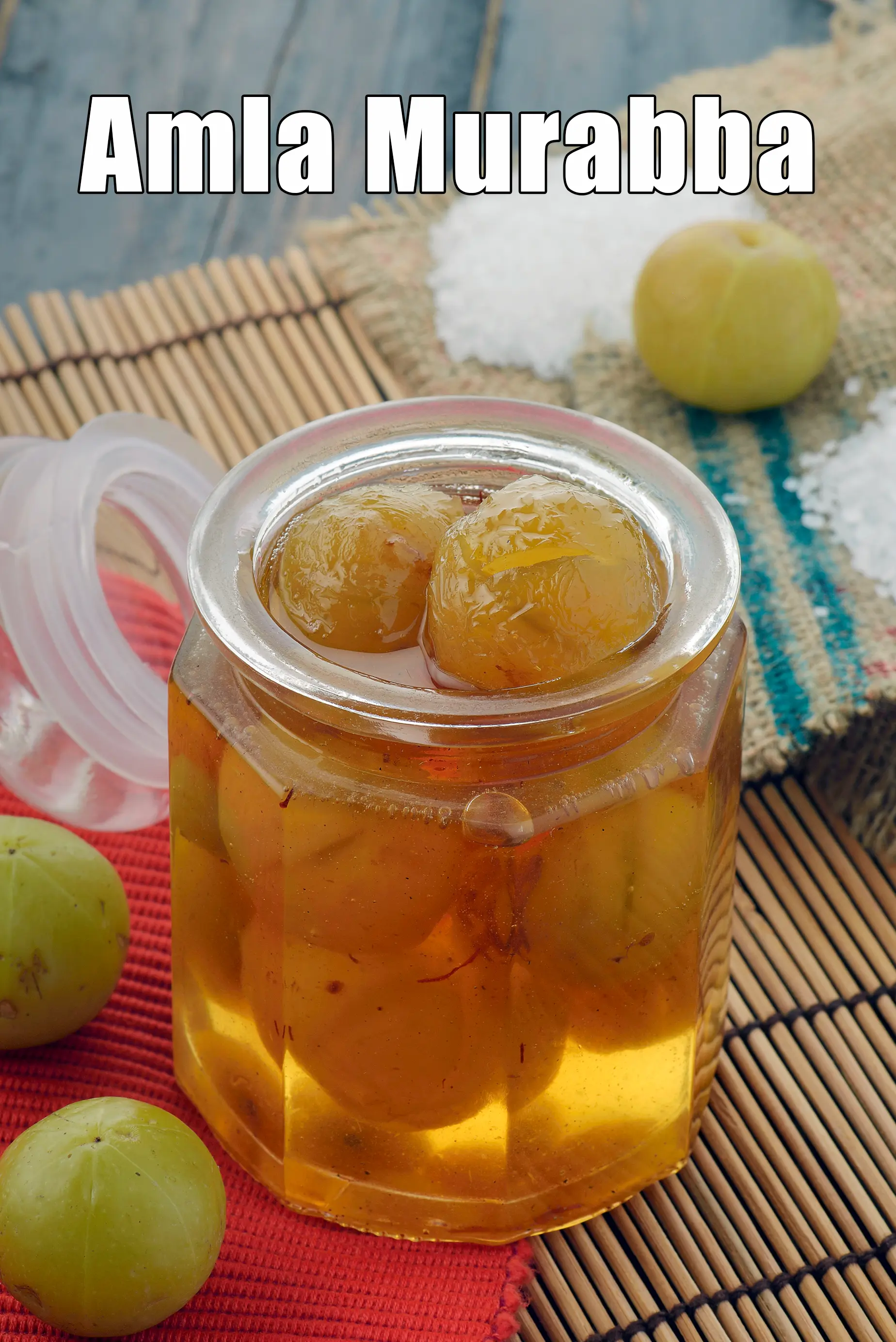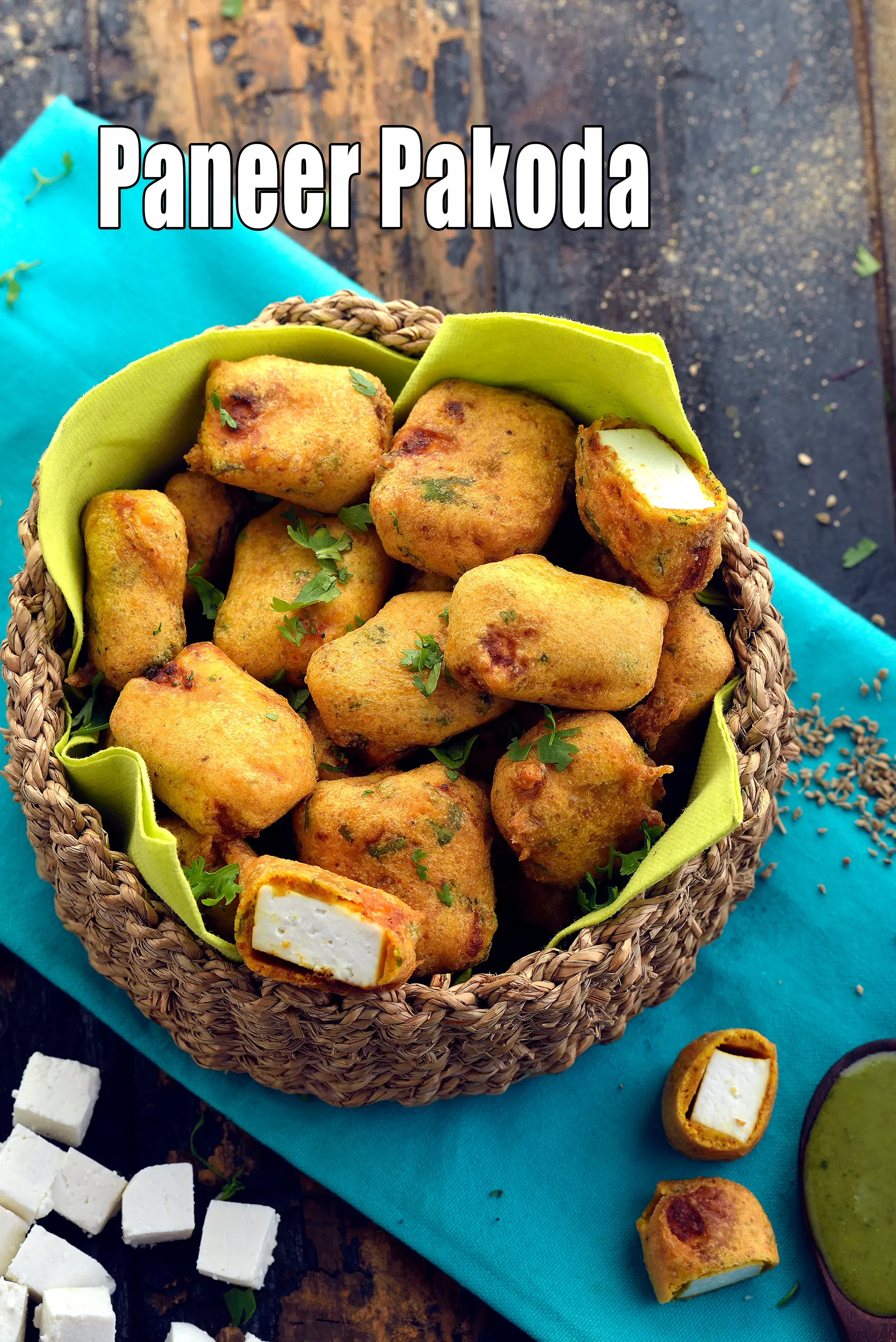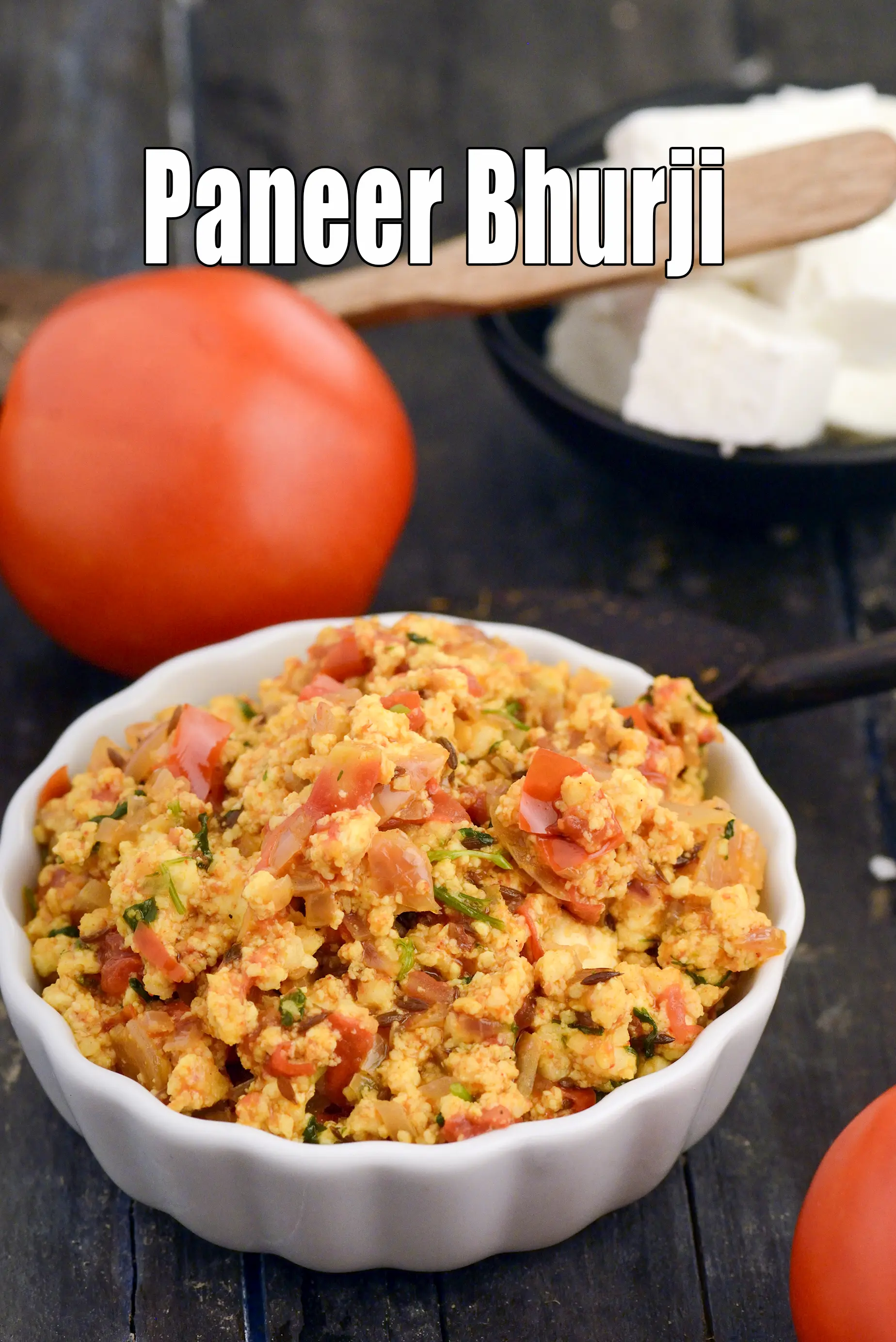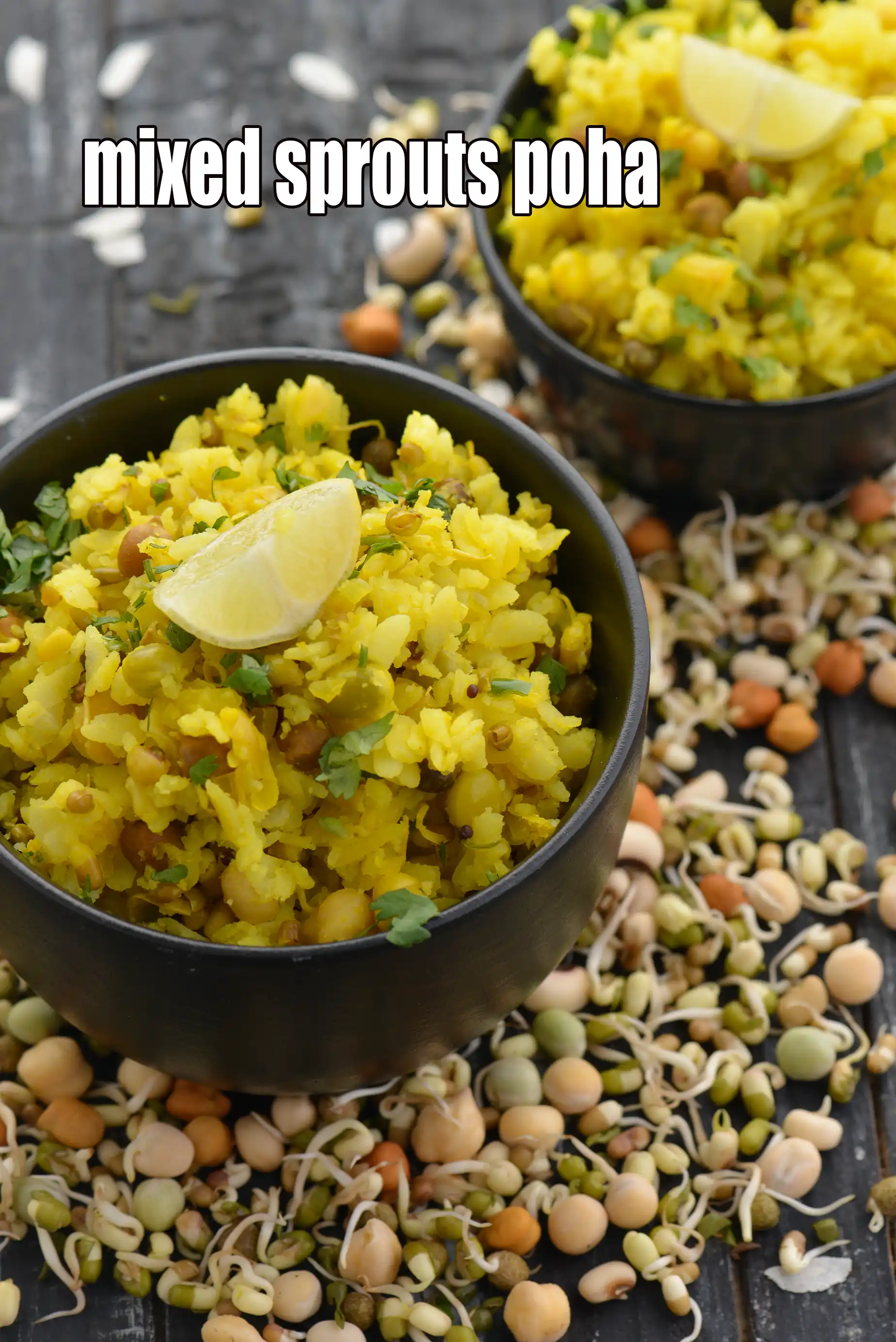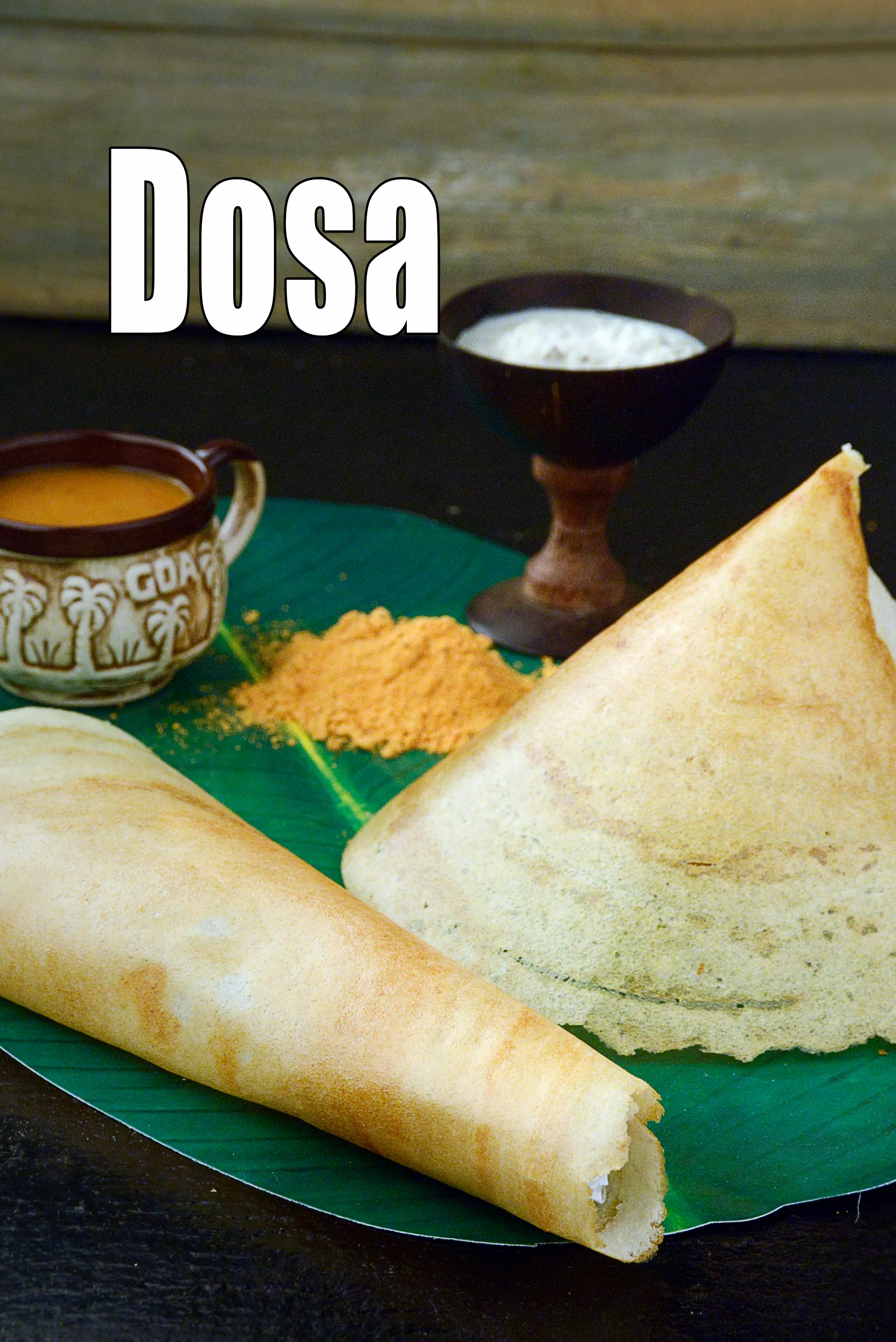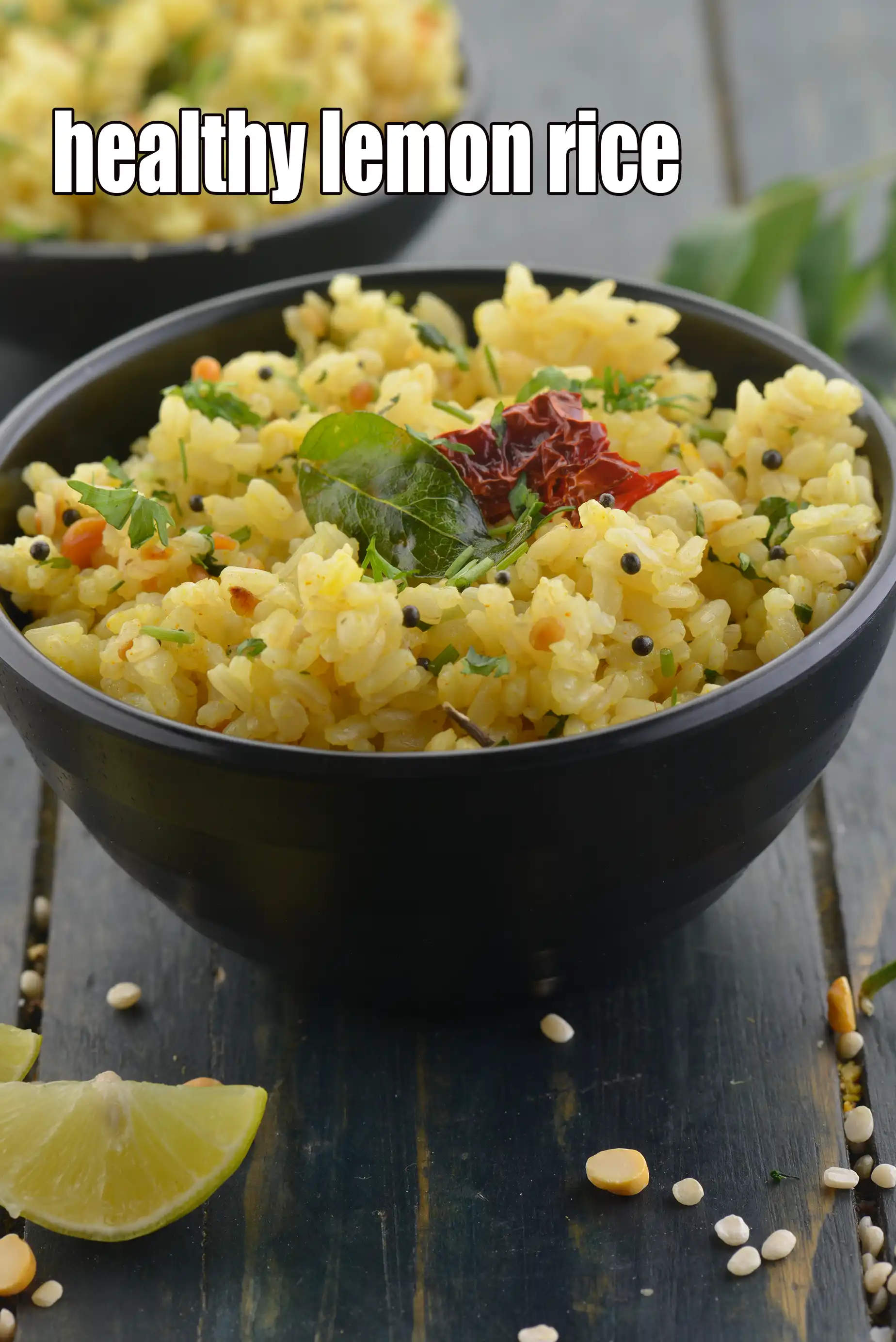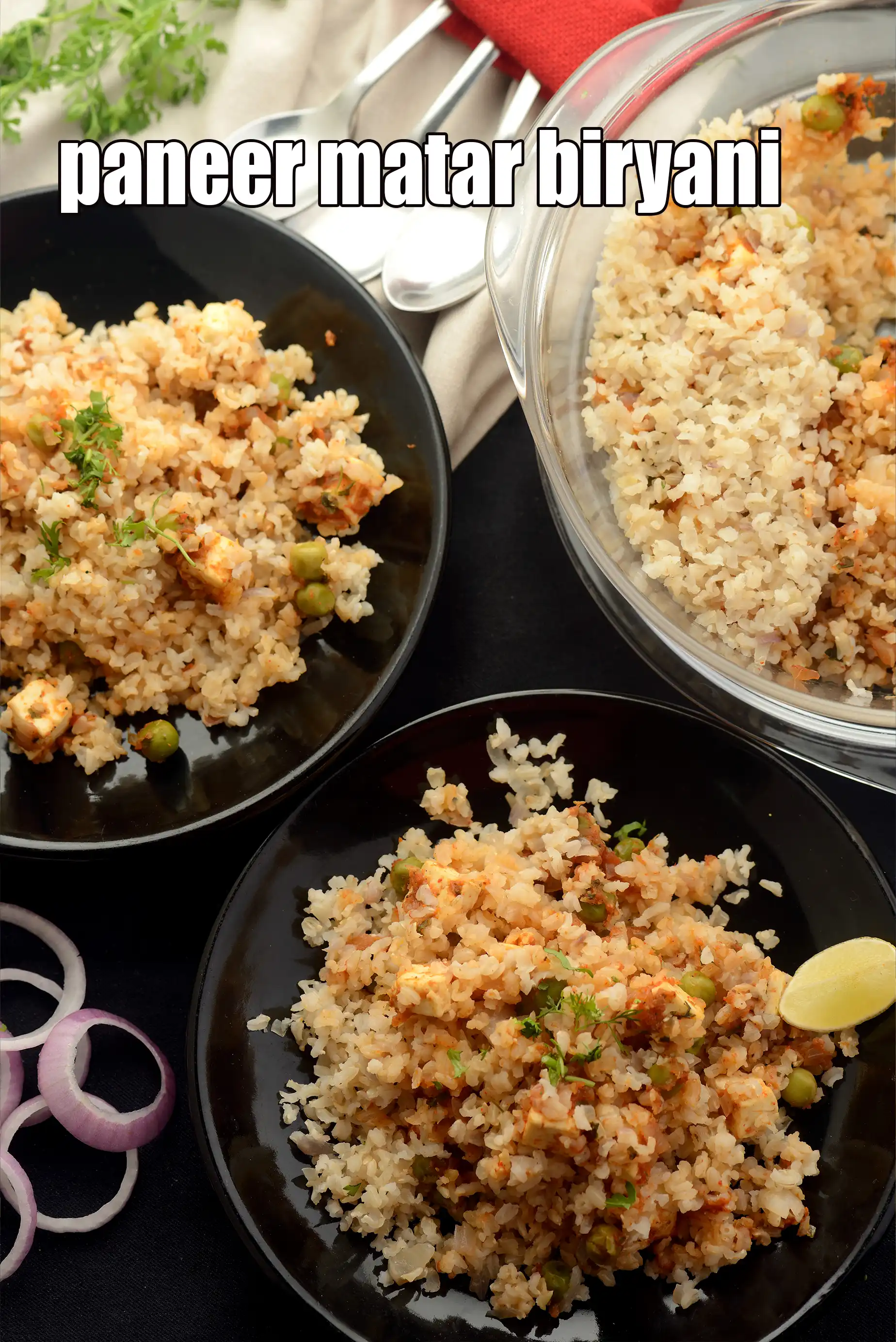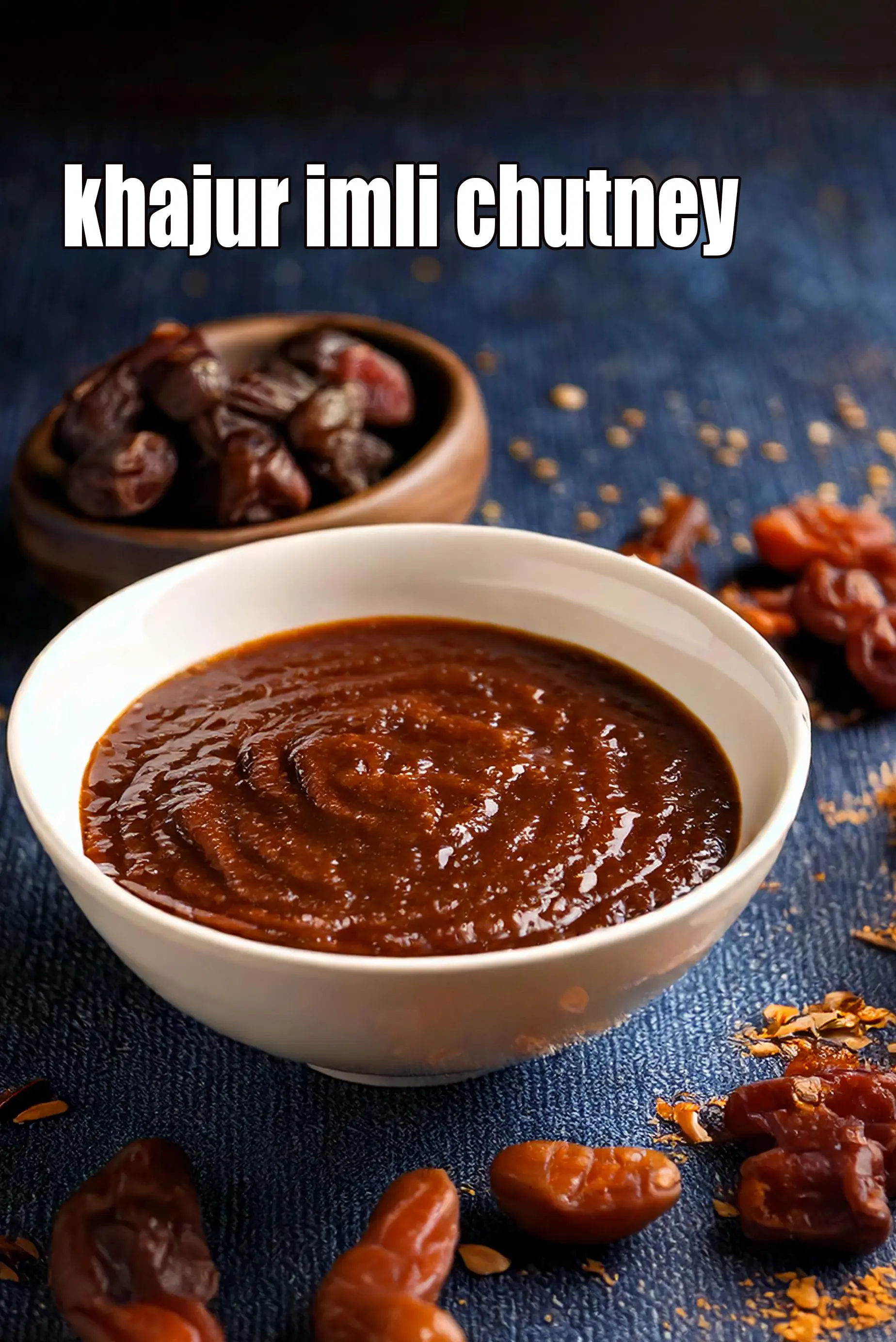Nutritional Facts of Paneer, Palak and Methi Stuffed Roti recipe Calories in Paneer, Palak and Methi Stuffed Roti recipe
This calorie page has been viewed 6669 times
How many calories does one Paneer, Palak and Methi Stuffed Roti have?
One Paneer, Palak and Methi Stuffed Roti gives 114 calories. Out of which carbohydrates comprise 54 calories, proteins account for 14 calories and remaining calories come from fat which is 48 calories. One Paneer, Palak and Methi Stuffed Roti provides about 6 percent of the total daily calorie requirement of a standard adult diet of 2,000 calories.
See Paneer, Palak and Methi Stuffed Roti recipe. Your nutrient requirement increases during the third trimester, but your appetite may not. So you need to have energy rich foods that are a good combination of 2 to 3 food groups to supplement your needs. This roti has leafy vegetable and a dairy product which will provide you with calcium, iron and protein in one dish. Have these with a glass of buttermilk or fruit juice to keep you going.
Is Paneer, Palak and Methi Stuffed Roti healthy?
Yes, this is healthy. But restrictions apply to some.
Let's understand the Ingredients.
What's good.
1. Spinach (Palak) : Spinach is one of the richest plant sources of Iron and it should be part of a healthy diet for everyone. Raw spinach is very rich in insoluble fibre, 25% having soluble fiber and 75% insoluble fiber. Spinach is good for the heart, diabetics and eyes. Read this on the 17 benefits of spinach and why you should eat it.
2. Paneer : Paneer contains high quality protein and calcium which aids in weight loss. Since paneer is low in carbs and high in protein it gets digested slowly and hence good for diabetes. Potassium in paneer helps to reduce the effect of high sodium, by lowering blood pressure and contraction of blood vessels, resulting in improved heart health and reduced risk of heart attack. Great for weight loss and read the interesting article on is paneer good for you?
3. Methi leaves (fenugreek leaves) : Methi leaves are low in calorie, powerful antioxidant and cures mouth ulcers. Fenugreek leaves help in improving glucose and insulin responses, hence good for diabetics. The levels of cholesterol also reduced with intakes of fenugreek leaves. Rich in Vitamin K which is good for bone metabolism. See all benefits of methi leaves here.
4. Whole Wheat flour : Whole wheat flour is excellent for diabetics as they will not shoot up your blood sugar levels as they are a low GI food. Whole wheat flour is rich in Phosphorus which is a major mineral which works closely with calcium to build our bones. Vitamin B9 helps your body to produce and maintain new cells, especially increase red blood cells. See detailed benefits of whole wheat flour and why it's good for you.
Can diabetics, heart patients and over weight individuals have Paneer, Palak and Methi Stuffed Roti ?
Yes, this recipe is good for diabetics, heart and weight loss BUT use low fat paneer instead of full fat paneer. Spinach is good for the heart, diabetics and eyes. Fenugreek leaves help in improving glucose and insulin responses, hence good for diabetics.
Can pregnant women have Paneer, Palak and Methi Stuffed Roti ?
Yes. Spinach is one of the richest plant sources of Iron and it should be part of a healthy diet for everyone. Your nutrient requirement increases during the third trimester, but your appetite may not. So you need to have energy rich foods that are a good combination of 2 to 3 food groups to supplement your needs. This roti has leafy vegetable and a dairy product which will provide you with calcium, iron and protein in one dish. Have these with a glass of low fat chaas recipe or fruit juice to keep you going. Vitamin B9 in whole wheat flour helps your body to produce and maintain new cells, especially increase red blood cells.
Paneer, Palak and Methi Stuffed Roti is high in
1. Vitamin A : Vitamin A is crucial for healthy vision, cell growth and healthy skin.
Note : a recipe is deemed high in a Vitamin or mineral if it meets 20% and above the recommended daily allowance based on a 2,000 calorie diet.
How to burn 114 calories that come from Paneer, Palak and Methi Stuffed Roti?
Walking (6 kmph) = 34 mins
Running (11 kmph) = 11 mins
Cycling (30 kmph) = 15 mins
Swimming (2 kmph) = 20 mins
Note: These values are approximate and calorie burning differs in each individual.
| Value per roti | % Daily Values | |
| Energy | 114 kcal | 6% |
| Protein | 3.4 g | 6% |
| Carbohydrates | 13.5 g | 5% |
| Fiber | 2.74 g | 9% |
| Fat | 5.33 g | 9% |
| Cholesterol | 0.4 mg | 0% |
| VITAMINS | ||
| Vitamin A | 1048.2 mcg | 105% |
| Vitamin B1 (Thiamine) | 0.1 mg | 7% |
| Vitamin B2 (Riboflavin) | 0.1 mg | 4% |
| Vitamin B3 (Niacin) | 0.8 mg | 6% |
| Vitamin C | 6.7 mg | 8% |
| Vitamin E | 0.5 mg | 6% |
| Folic Acid (Vitamin B9) | 25.9 mcg | 9% |
| MINERALS | ||
| Calcium | 73.0 mg | 7% |
| Iron | 1.3 mg | 7% |
| Magnesium | 35.3 mg | 8% |
| Phosphorus | 81.2 mg | 8% |
| Sodium | 16.2 mg | 1% |
| Potassium | 88.2 mg | 3% |
| Zinc | 0.4 mg | 2% |
Percent Daily Values are based on a 2000 calorie diet. Your daily values may be higher or lower depending on your calorie needs.

Click here to view Paneer, Palak and Methi Stuffed Roti
Calories in other related recipes


-9948.jpg?w=400&format=webp)


